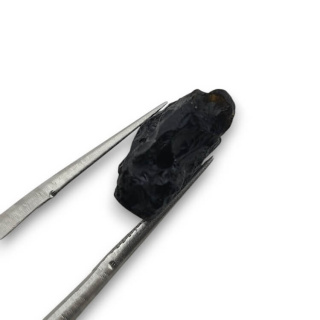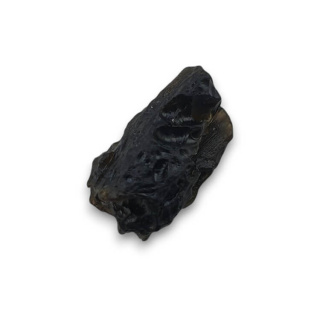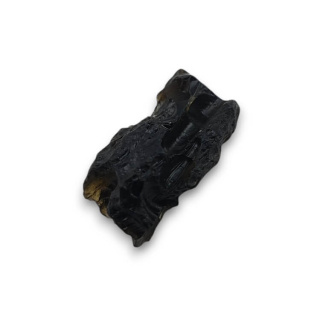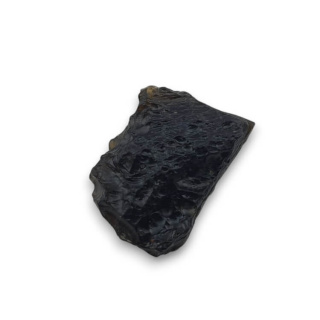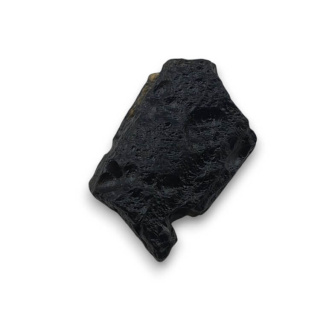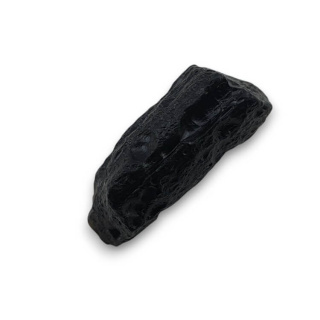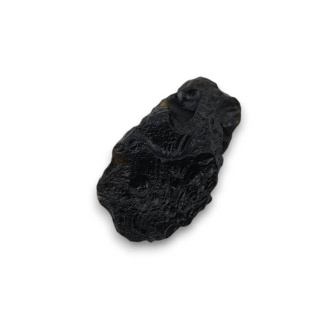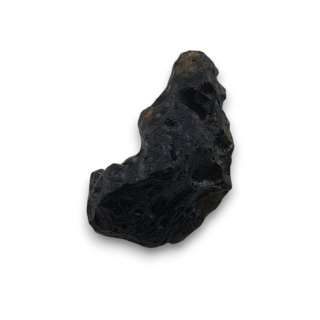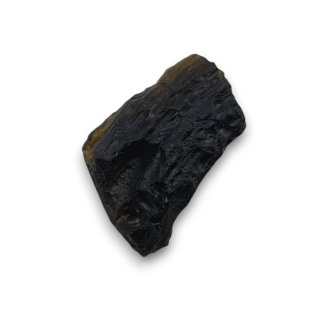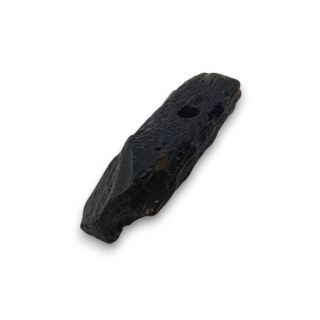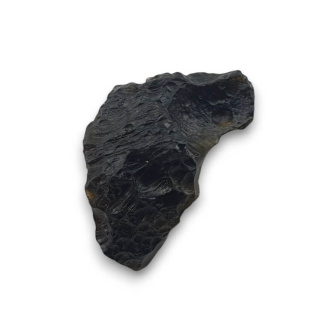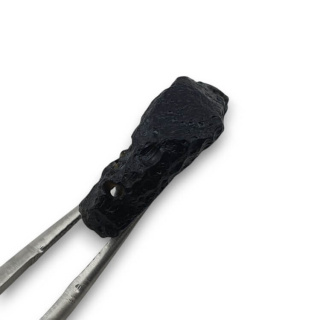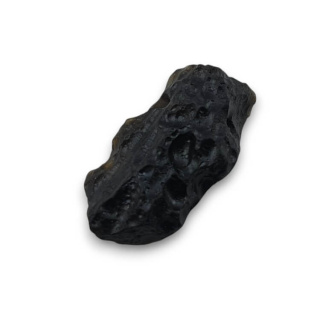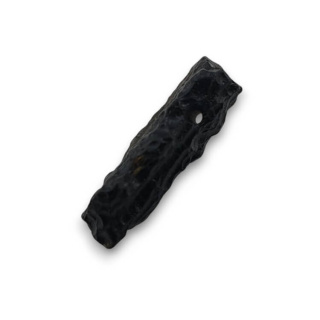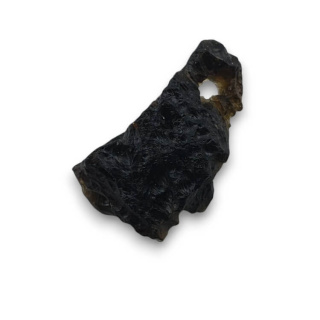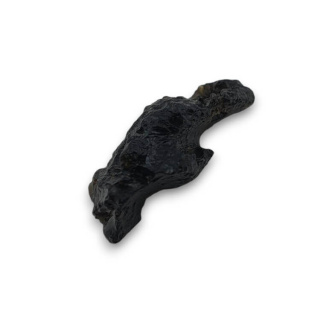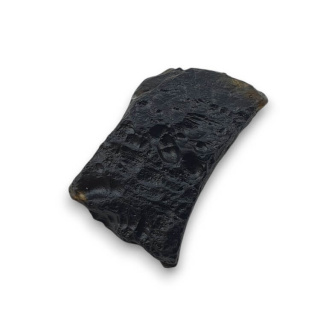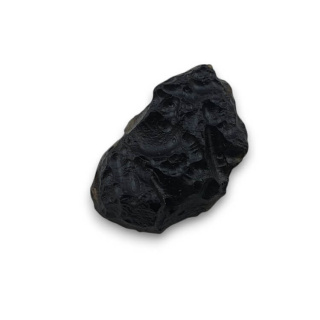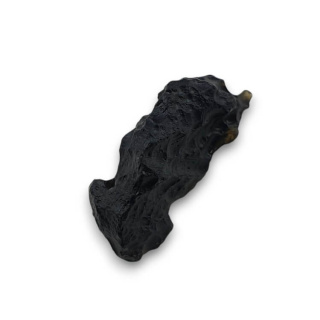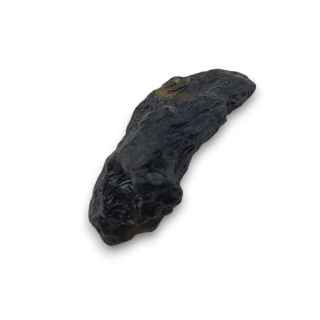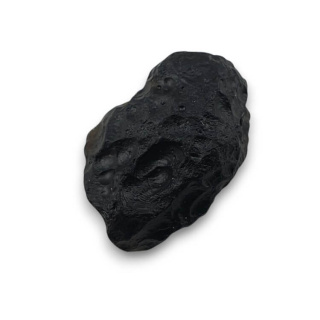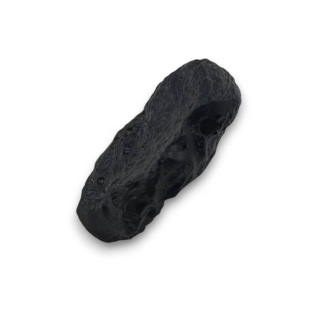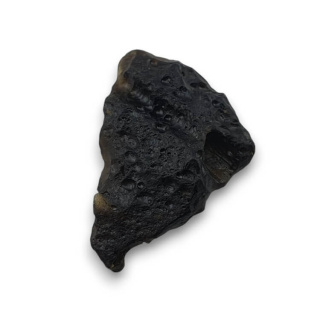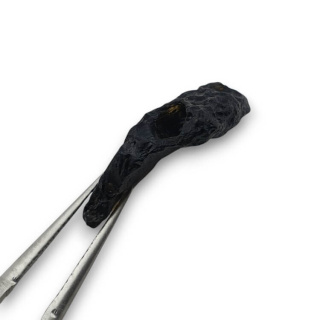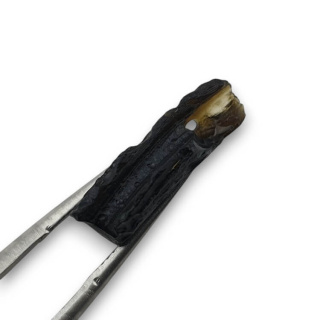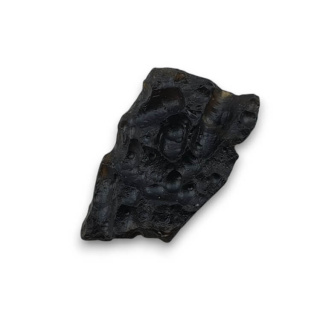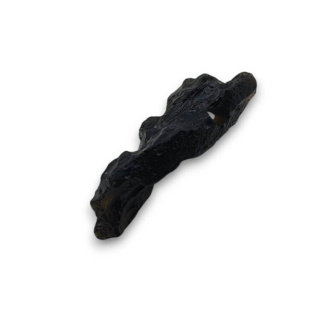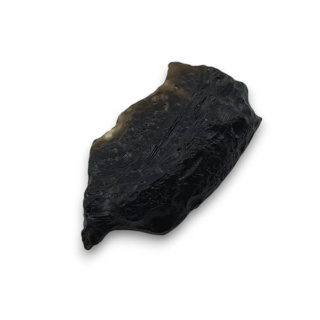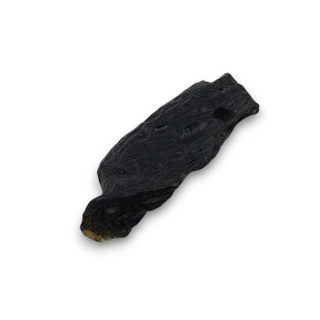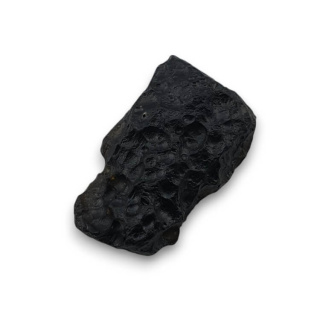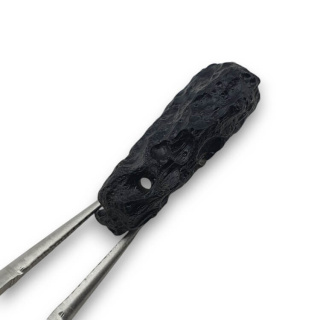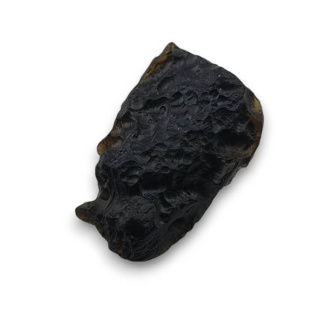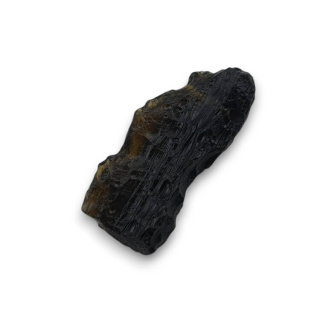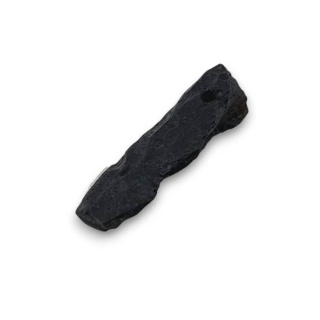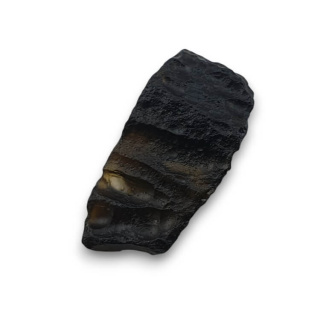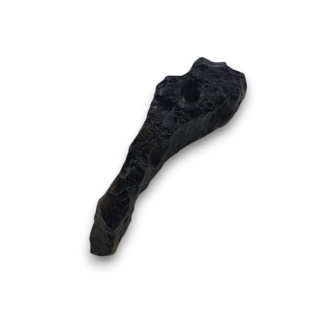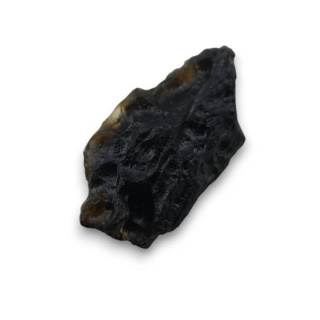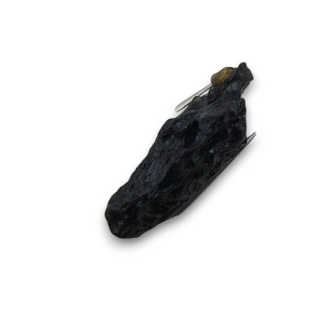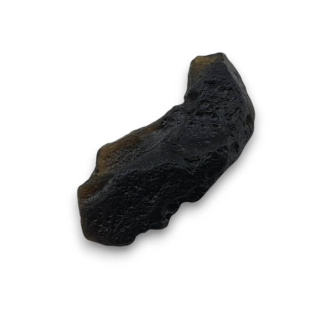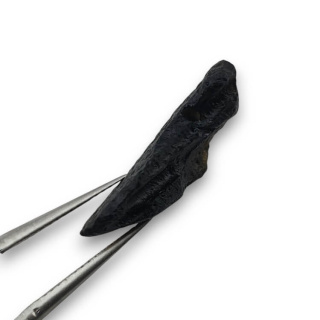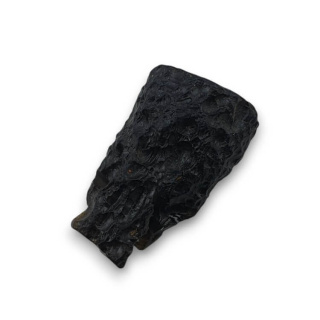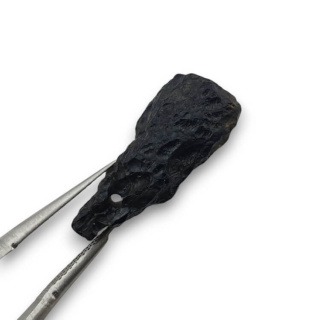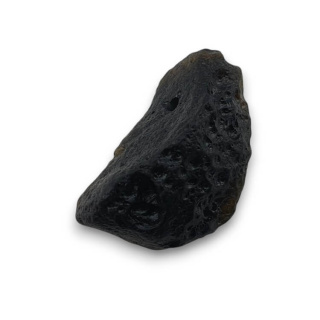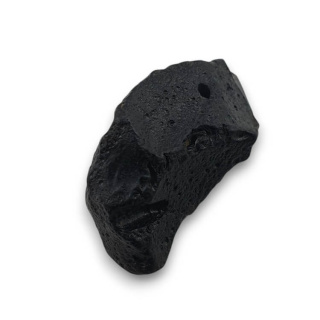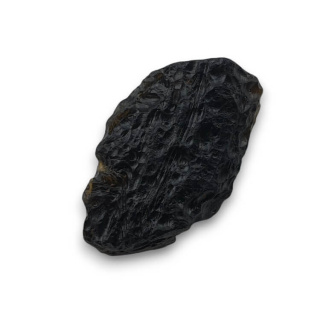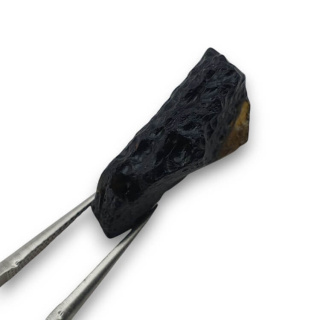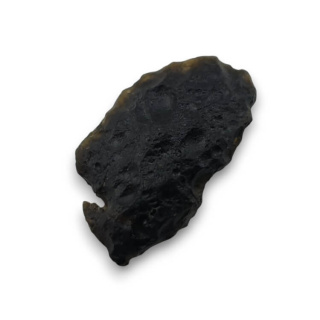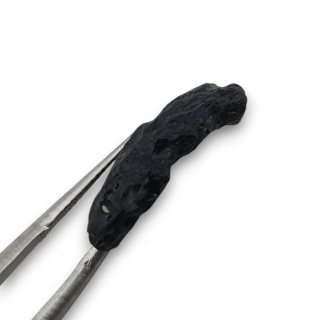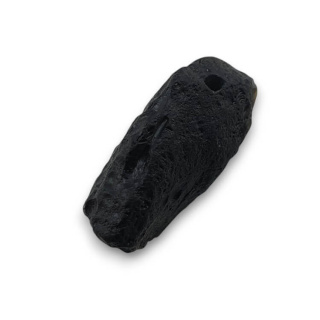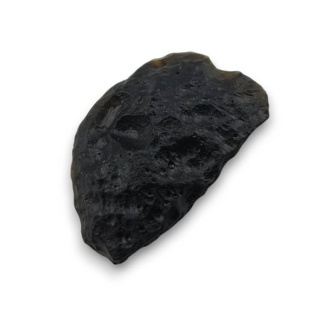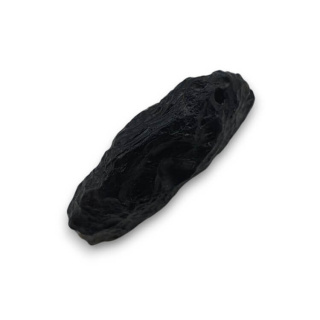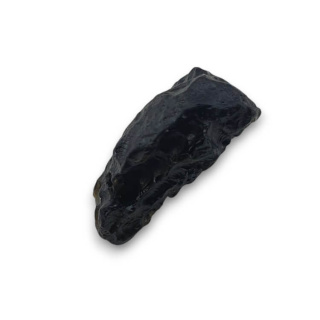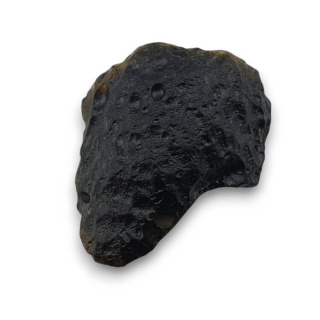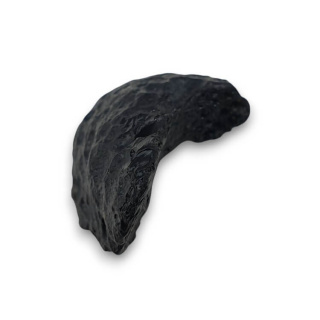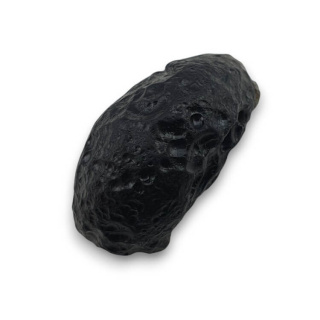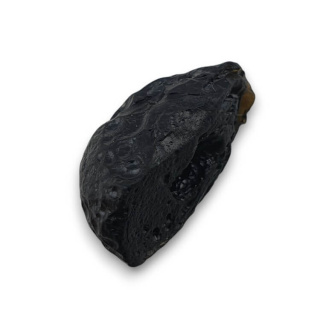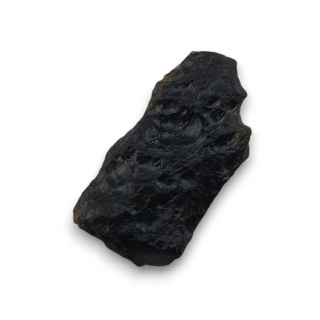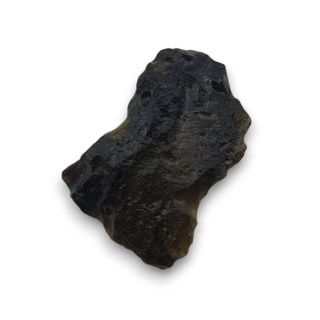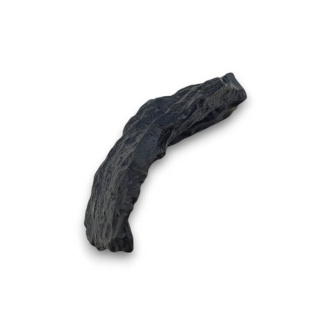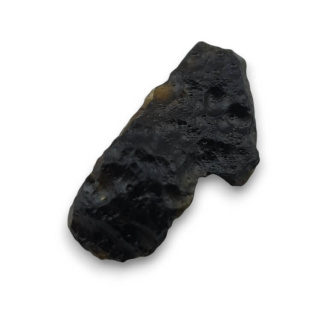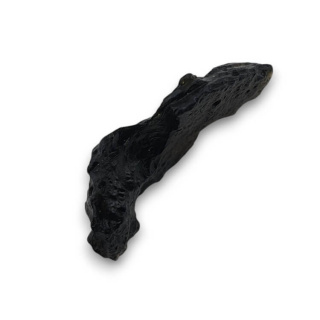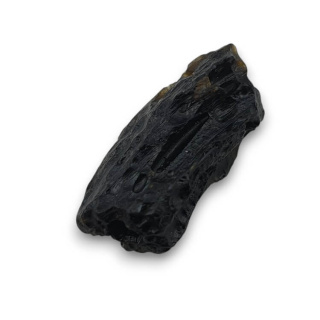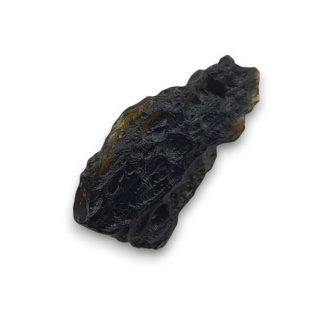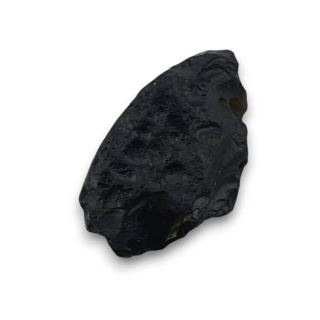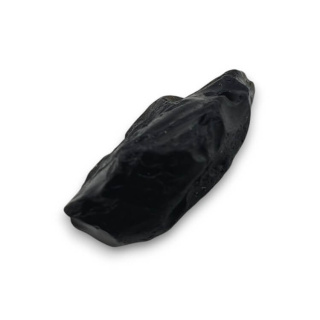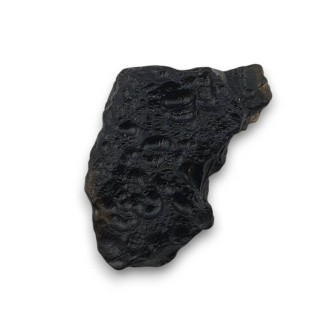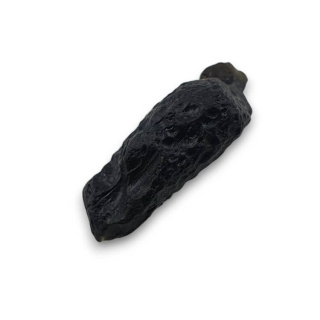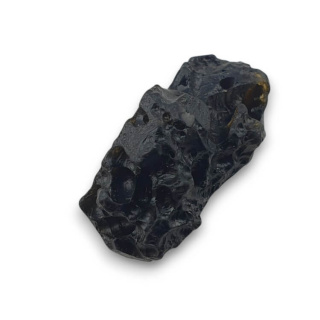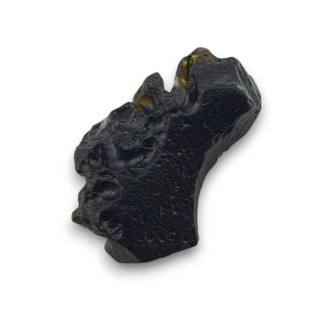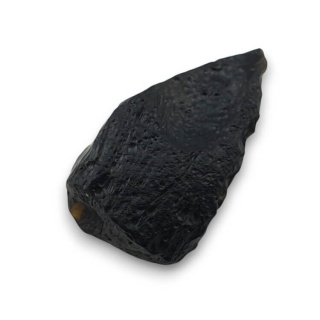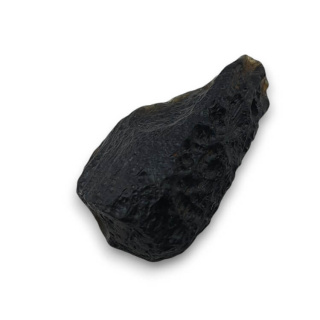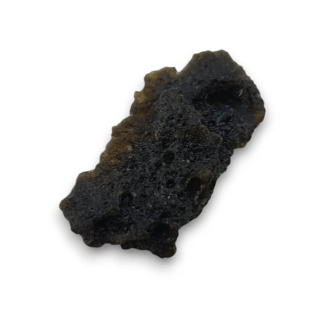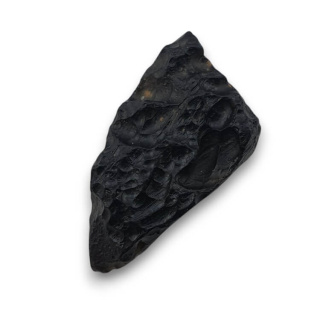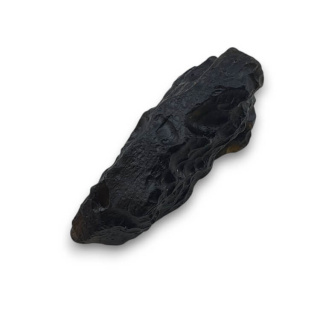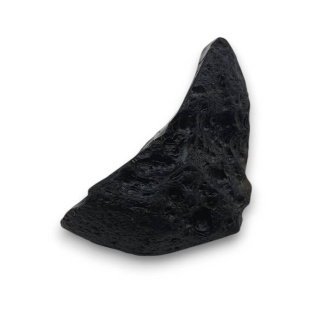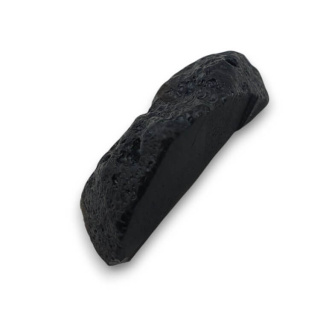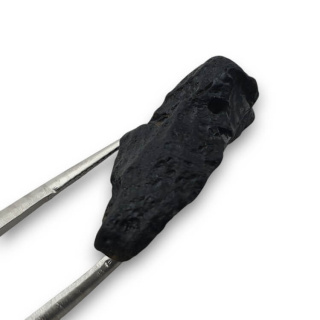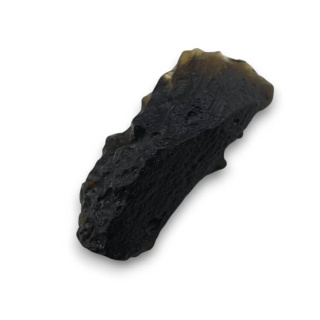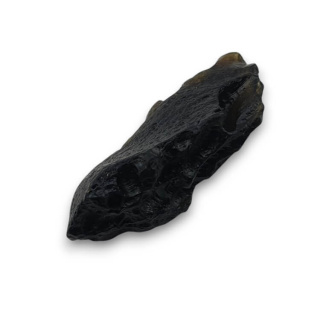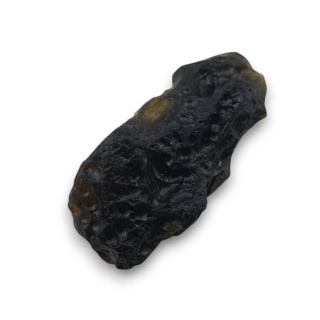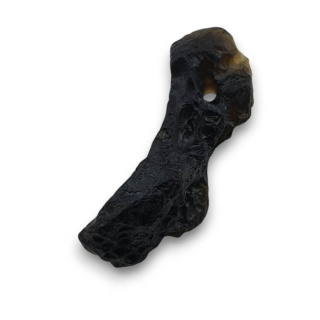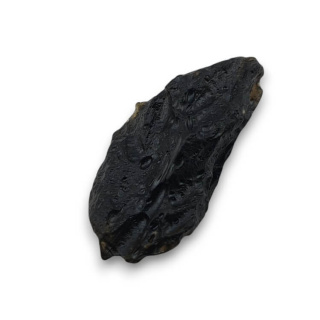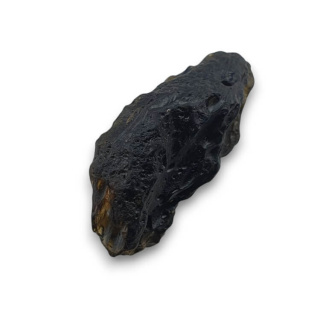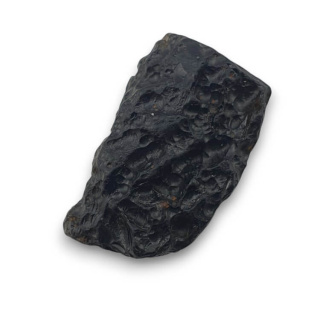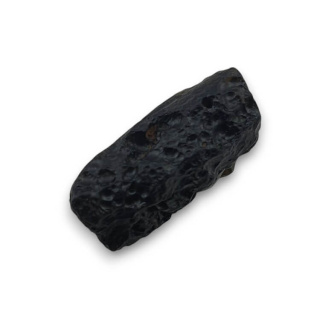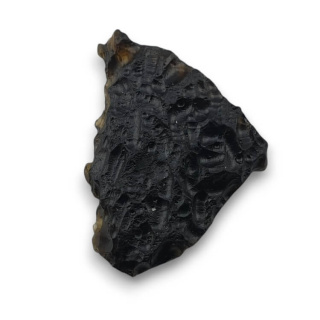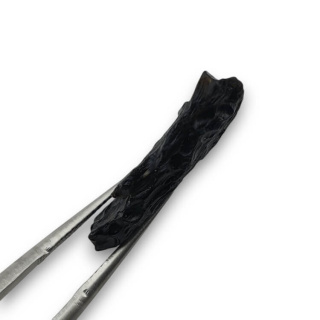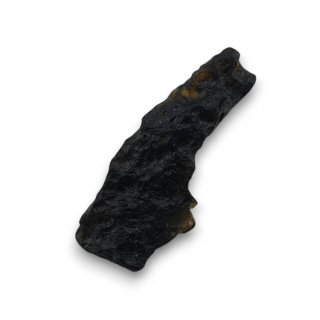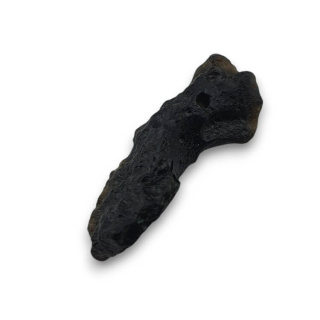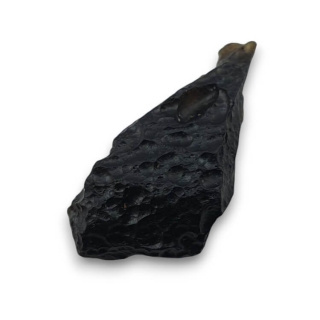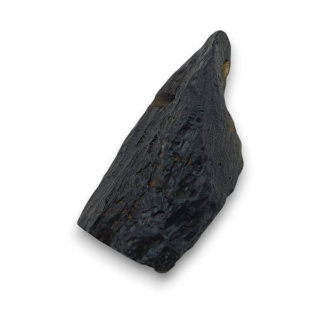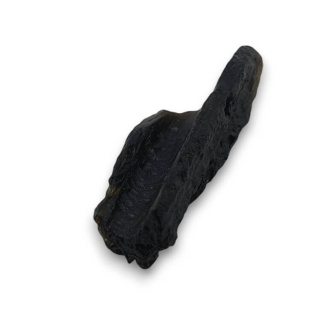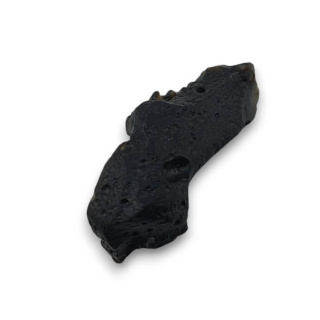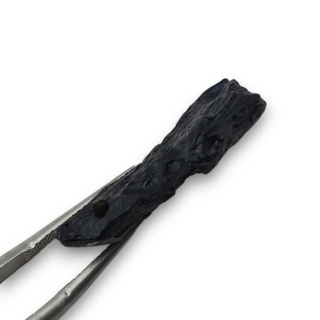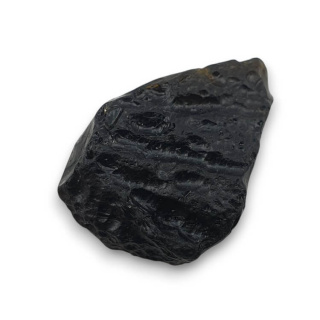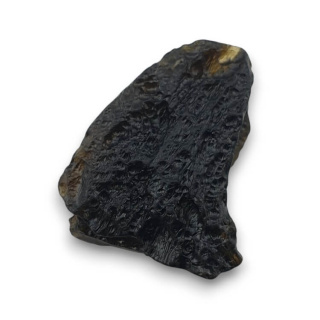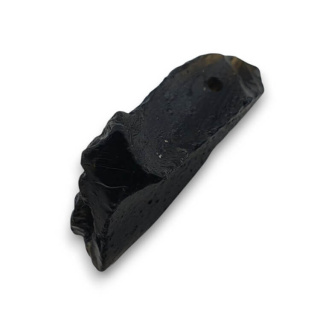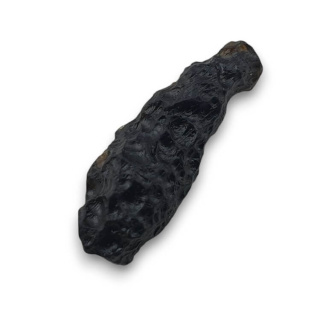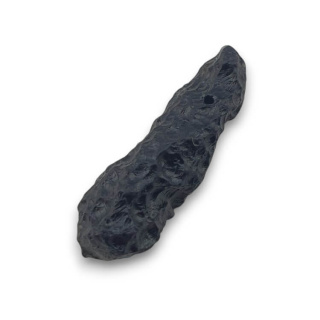Tektite – natural meteorite glass
Number of products : 93What are tektites?
Tektites are natural glass formed by the impact of a meteorite on the Earth's surface. As a result of this extreme event, the local rock material undergoes rapid melting and then, during rapid cooling, takes on an amorphous form. The result of this process is a unique structure without an ordered crystal lattice, which makes tektites valuable objects of geological research.
Origin of the name “Tektite”
The term “tektite” comes from English, while the etymology of the word is related to the Greek term “tekton,” meaning builder or sculptor, which symbolically reflects the process of formation of these natural glasses under the influence of powerful impact forces.
The formation process of tektites
Stages of tektite formation
The formation process of tektites is associated with a series of dynamic and extreme physical phenomena:
-
Meteorite impact: When a meteorite collides with the Earth's crust, a huge amount of energy is suddenly released. As a result of this impact, the local rock material is melted, forming liquid masses with very high temperatures.
-
Ejection of material: The molten material is ejected from the impact site over considerable distances. During this process, atmospheric resistance causes the material to break into smaller fragments, which take on various shapes.
-
Rapid cooling and solidification: The instant cooling of the ejected material prevents the formation of an ordered crystal structure. The result is amorphous glass with a characteristic glassy luster and unique optical properties.
Physical and chemical mechanisms
Laboratory tests have shown that tektites have a very high silicon oxide (SiO₂) content, which is typical of basalt materials. In addition, the presence of admixtures of aluminum, iron, and magnesium oxides indicates that they originate from the original material of the Earth's crust, which was subjected to extreme thermal and pressure conditions.
Characteristics of tektites
Structure and chemical composition
-
Amorphous structure: Tektites do not exhibit an ordered crystal structure, which is a direct result of the rapid cooling of the molten material. This feature gives them a unique, glassy appearance and optical properties that are the subject of numerous scientific studies.
-
High silicon oxide (SiO₂) content: The chemical composition of tektites indicates the dominant role of silicon oxide, whose content often exceeds 70% of the sample's mass. It is the high SiO₂ content that is responsible for the glassy structure and refractive properties.
-
Mineral impurities: The presence of additional oxides, such as aluminum, iron, and magnesium, affects the color variation and microscopic structure of tektites, which is an important aspect of their geochemical analysis.
Variety of shapes and sizes
Tektites come in various shapes and sizes. Their shape can be spherical, ellipsoidal, or even irregular, depending on the aerodynamic conditions during ejection and cooling of the material. The sizes of tektite fragments range from a few millimeters to several centimeters, reflecting the scale of the impact and the intensity of the forces acting during their formation. Tektites are extremely important research material because they provide information about:
Tektites are an extremely important research material as they provide information about:
-
Impact histories: Analysis of tektite distribution (so-called strewn fields) allows the reconstruction of meteorite impact trajectories and the determination of the intensity of these events.
-
Thermodynamic processes: Research on rapid cooling and physical transformations during tektite formation provides a better understanding of the extreme conditions prevailing during meteorite impacts.
Applications in materials science and the arts and crafts industry
Due to their unique properties, tektites have found applications not only in scientific research, but also in the arts and crafts industry and jewelry making:
-
Decorative materials and jewelry: Natural meteorite glass is valued for its unique patterns, which make it an attractive raw material for jewelry and decorative items.
-
Research on synthetic materials: The analysis of tektite structure inspires the development of new synthetic materials that can be used in high-temperature and high-pressure technology.
![[{[item.product.name]}]]([{[item.product.photo.url]}] 75w)


